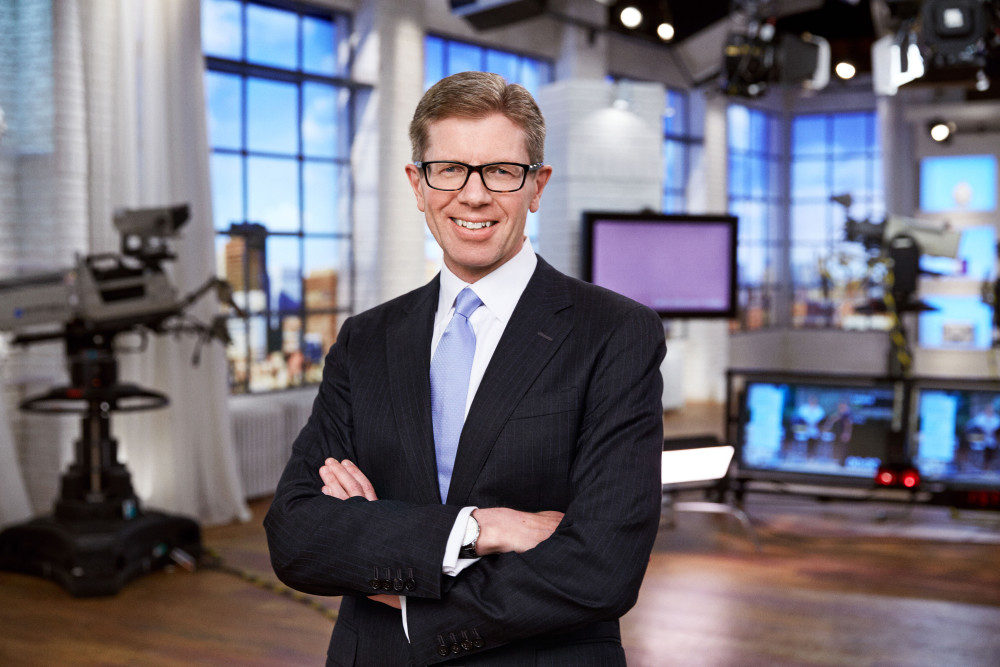By Joseph N. Distefano
The Philadelphia Inquirer.
WEST CHESTER, Pa.
If any company should be comfortable in the cutthroat business of American retail these days, it should be QVC, the instant-shopping outfit based in West Chester, about 30 miles west of Philadelphia.
Store chains such as Urban Outfitters are scrambling to reach buyers through smartphone apps, wired warehouses and data-guided custom offers in social media. Even Wal-Mart is cutting way back on building new stores. Online-sales giant Amazon.com, for all its rapid growth, is barely profitable.
QVC has no chain stores, just its high-ceilinged studio/headquarters, a warehouse and similar centers in Britain, Italy, Germany, Japan, China and, soon, France.
The company has been building mobile-phone-based sales systems since BlackBerry was new, notes Alex Miller, QVC’s digital commerce chief.
“We had a head start,” Miller continued. “We had inventory, customer data and pricing, all standardized, early.”
So new devices or social-media services aren’t disruptions; they are, for QVC, new store outlets, for a fraction of the cost of brick and mortar.
Total QVC sales have risen to $9 billion in 2014, from $5 billion 10 years ago. QVC keeps posting higher revenues, fattening profits and positive cash flows, analyst Matt Nemer said in a recent report to Wells Fargo Securities clients.
QVC’s market value tops $13 billion, more than twice as much as the combined stock market values of Sears, Kmart, and JCPenney, whose sales have fallen. Those chains dominated American retailing in 1986, when QVC was founded by Joe Segel, who still calls to offer fine-tuned advice, says CEO Michael George, newly returned from a visit to the company’s Beijing operation.
“We’re in 86 million homes there,” George said, thanks to business partner China National Radio and its TV affiliates. “In the next couple of years, we’ll be in more homes in China than in the U.S.”
Two-thirds of QVC’s annual sales value is still American.
QVC shares are up more than 10 percent since the company’s controlling owner, John Malone, of Liberty Media Corp., reorganized and began trading shares of QVC under the company’s own brand name in October. It is Malone’s latest scheme to attract investors and reward top executives, who are paid largely with stock.
QVC is on track to eventually combine with its smaller, older rival, HSN (Home Shopping Network), which Liberty also partly owns, predicted Robert Routh, analyst at National Alliance Securities L.L.C., in a report to clients earlier this month.
QVC employs 2,800 at its headquarters and studio, and 1,200 at its warehouse. QVC’s hometown employment hasn’t grown in a decade; robot cameras and online-order systems reduce the need for employees.
Five hundred people now work in TV and digital video production at QVC in West Chester, said John Kealey, a manager in that unit.
Like stock traders, QVC producers sit behind banks of screens, watching instant sales data and continually offering guidance into the earphones of sales presenters, who pitch extemporaneously for hours.
“The thing that surprises us is that people are using multiple devices (to shop) at the same time as they are watching us on TV,” George said. So QVC makes content for both. Press the button, buy it.
When this machine fires on all cylinders, sales can pop. The company sold 543,000 FrostGuard windshield blankets at $22 each in a day last month, vice president Paul Capelli said.
QVC attracts celebrity salespeople, Ellen DeGeneres pitches throw blankets and scented candles live from her Los Angeles soundstage. But many big sellers, Capelli said, are self-made, one-product “problem-solvers,” who can gain cult followings.
Capelli is at pains to dispel the notion that these are cheap products for isolated people. You need money (or at least credit) to make QVC’s products worth selling.
Take, for example, the Vitamix blender, Capelli said. “You walk into Macy’s and say, ‘I don’t think I need a $500 blender.’ Then you turn on QVC and you see the Vitamix demonstrated, and you get a deep understanding: This thing can do ice cream, soup, smoothies. Now, all of a sudden, I understand why I need one.”
___
BY THE NUMBERS
$9B: Total QVC sales for 2014, up from $5 billion in 2004.
2/3: Annual sales value that comes from the U.S.
10 percent: Increase in share price since QVC began trading shares under the company’s own brand name in October.
2,800: Employees at headquarters and studio in West Chester, Pa.
1,200: Warehouse employees.














































































































































































































































































































































































